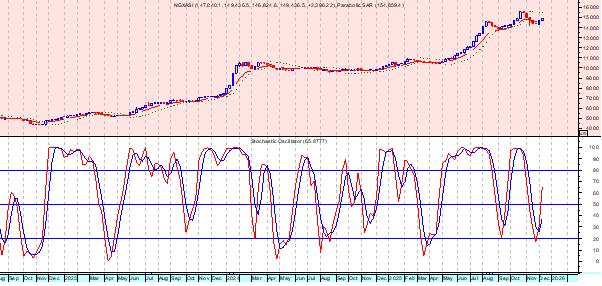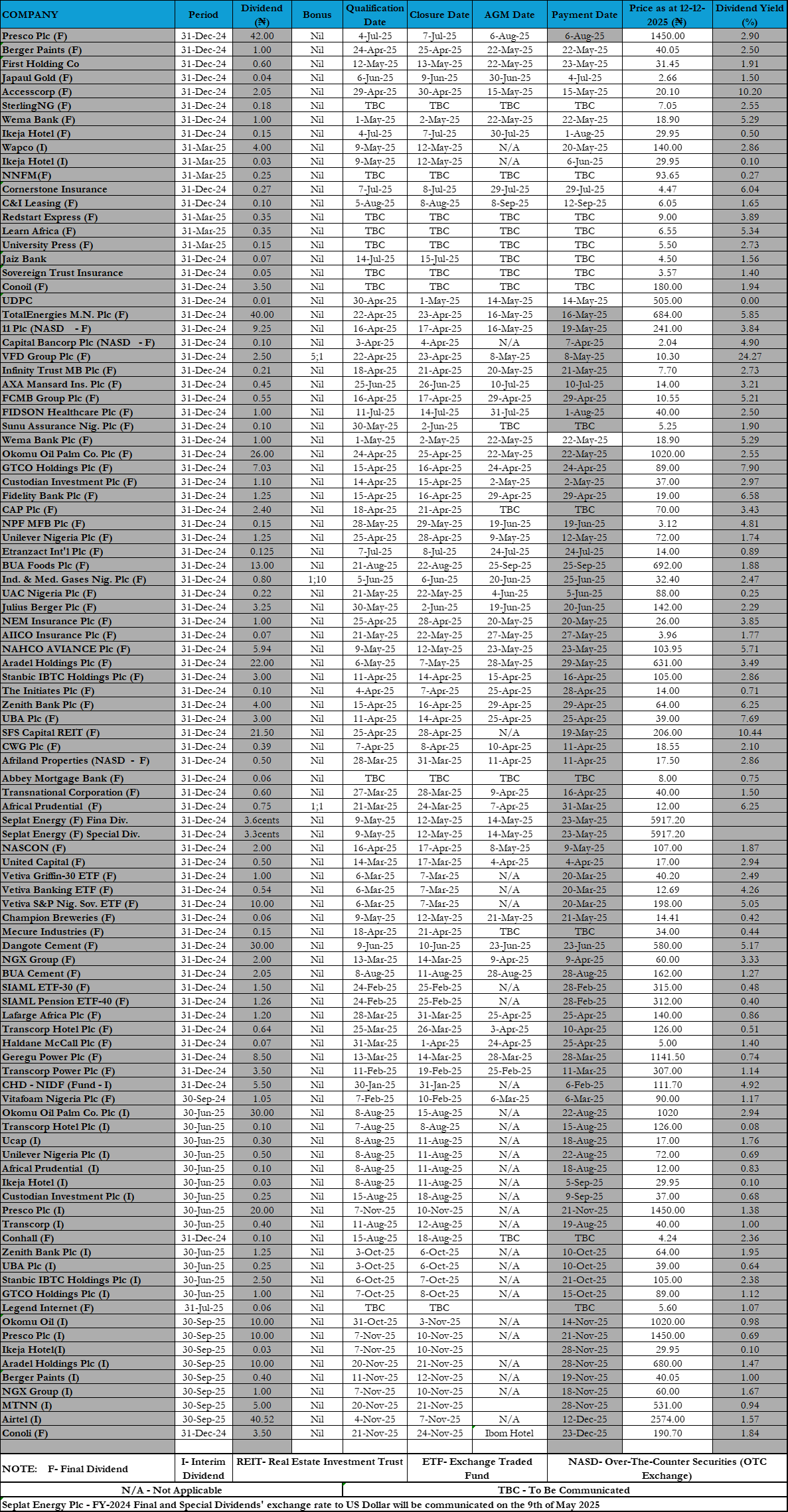
Samer Hasn
Oil prices climbed by nearly 2% today, with both Brent and West Texas Intermediate (WTI) benchmarks posting gains and marking the third consecutive session of increases.
Today’s rally is fueled by renewed optimism over the potential de-escalation of the U.S.-China trade conflict, following announcements of the commencement of negotiations on a trade agreement. This positive sentiment is further supported by a series of monetary stimulus packages introduced by the People’s Bank of China.
These developments help ease concerns over the possibility of an uncontrollable escalation in tariff disputes, which risked spiraling beyond a mere trade war. The Chinese government’s economic support measures are also expected to bolster the country’s domestic demand, which has recently shown signs of weakness. Historically, rising optimism over global economic growth tends to reflect positively on oil prices. Reports from both OPEC and the International Energy Agency have repeatedly emphasized that China is the primary driver of global crude oil demand growth—making economic stimulus there a crucial factor for the oil market.
The latest stimulus measures include interest rate cuts, reductions in the required reserve ratio, and targeted support for businesses adversely affected by tariffs, among other monetary tools.
However, experts and commentators have long argued that monetary policies alone are insufficient to meaningfully stimulate the economy. They contend that fiscal and regulatory support is often more effective in driving sustainable growth.
On the trade front, U.S. Treasury Secretary Scott Besant and Trade Representative Jamison Greer are set to meet with Chinese officials tomorrow, Thursday, for formal trade talks. This high-level direct engagement marks the first of its kind since the onset of the tariff war.
Geopolitically, tensions between India and Pakistan have flared once again, involving the use of airpower and ballistic missiles. Despite the escalation, the conflict is not currently seen as a threat to crude oil and gas supplies in Asia, as both nations are net importers of oil, and the main supply routes do not pass through their territories. Major oil pipelines run from Russia through Kazakhstan into China, and the conflict zones remain distant from key maritime trade lanes.
Nonetheless, if the hostilities were to broaden into a full-scale, prolonged non-nuclear war, the resulting economic strain on both countries could lead to weaker demand and potentially lower oil prices—particularly given that India is the world’s third-largest crude importer.
Simultaneously, market attention is turning to the upcoming Federal Reserve meeting, where interest rates are expected to remain unchanged. However, investors will be closely watching Fed Chair Jerome Powell’s tone during his subsequent remarks. Should he maintain a hawkish stance in light of persistent inflation concerns and the ramifications of the trade war, this could renew downward pressure on oil prices and dampen expectations for a near-term rate cut.
Hasn, Senior Market Analyst at XS.com










